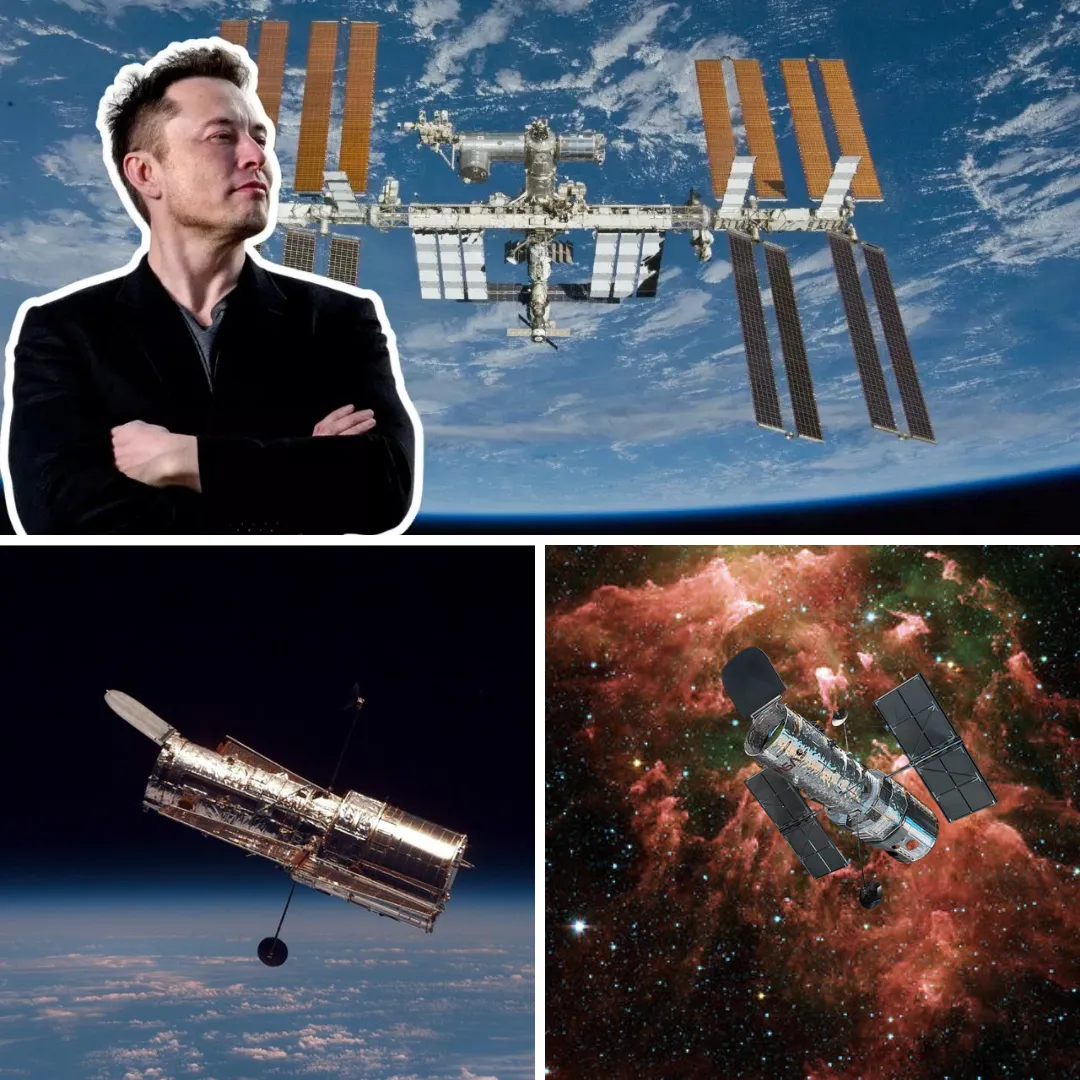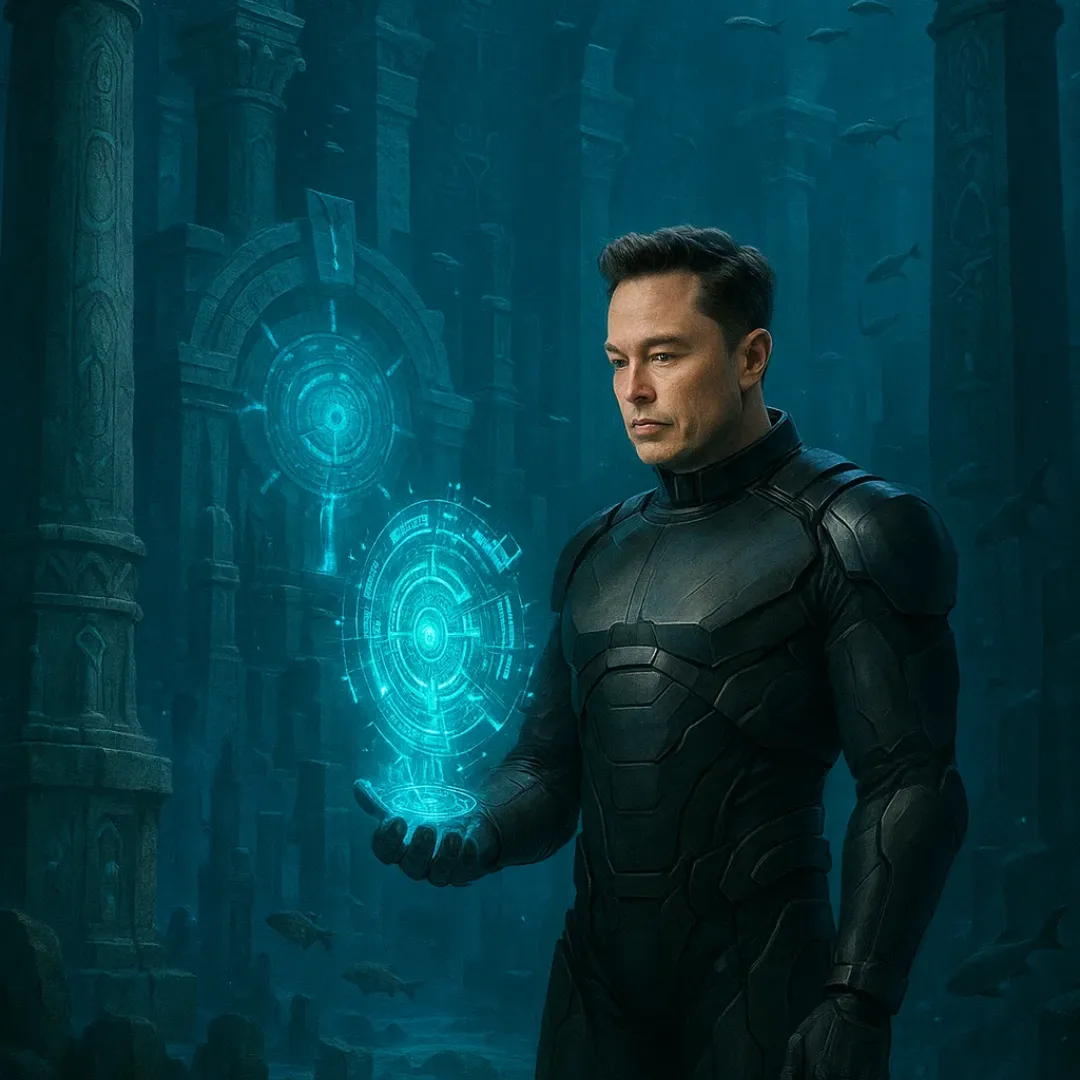
Tesla has taken a monumental step toward revolutionizing the transportation industry with the debut of its first fully autonomous robotaxi, marking the beginning of Elon Musk’s ambitious plan to build a fleet of one million self-driving vehicles across the United States.
The Tesla Model Y, the first vehicle in this innovative service, was seen driving on the streets of Austin, Texas, with no human behind the wheel, capturing the attention of both the tech and automotive industries.
The video, shared on social media, depicts the vehicle driving away from South Congress Avenue with a “Robotaxi” graffiti on the door, signaling the start of Tesla's bold new venture.
The self-driving car industry has been in the spotlight for years, but Tesla’s approach stands out with its vision to deploy fully autonomous taxis without any human oversight.

This ambitious step represents a significant milestone in Musk's quest to disrupt the traditional taxi and ride-sharing market. According to reports, the debut of Tesla's autonomous taxi service is set to come in June 2025, although Tesla has yet to officially confirm the exact date.
Elon Musk has long been vocal about his goals for Tesla’s autonomous taxi service. He envisions a fleet of robotaxis that operates with zero human intervention, using advanced AI and camera-based systems to navigate traffic.
The first wave of Tesla robotaxis will consist of a modest fleet of 10 to 12 Model Y vehicles, all equipped with Tesla’s self-driving technology. While the cars will not have drivers, Musk has emphasized that they will be monitored remotely. The level of supervision will decrease as Tesla gains more confidence in the system’s ability to operate safely and efficiently.
Tesla’s introduction of robotaxis represents a major leap forward in the development of autonomous vehicle technology. Musk has stated that, once the service proves successful, he plans to scale the fleet up to hundreds of thousands and, eventually, to one million robotaxis operating across the U.S. This ambitious vision could transform the way people think about transportation, making self-driving cars an integral part of daily life.
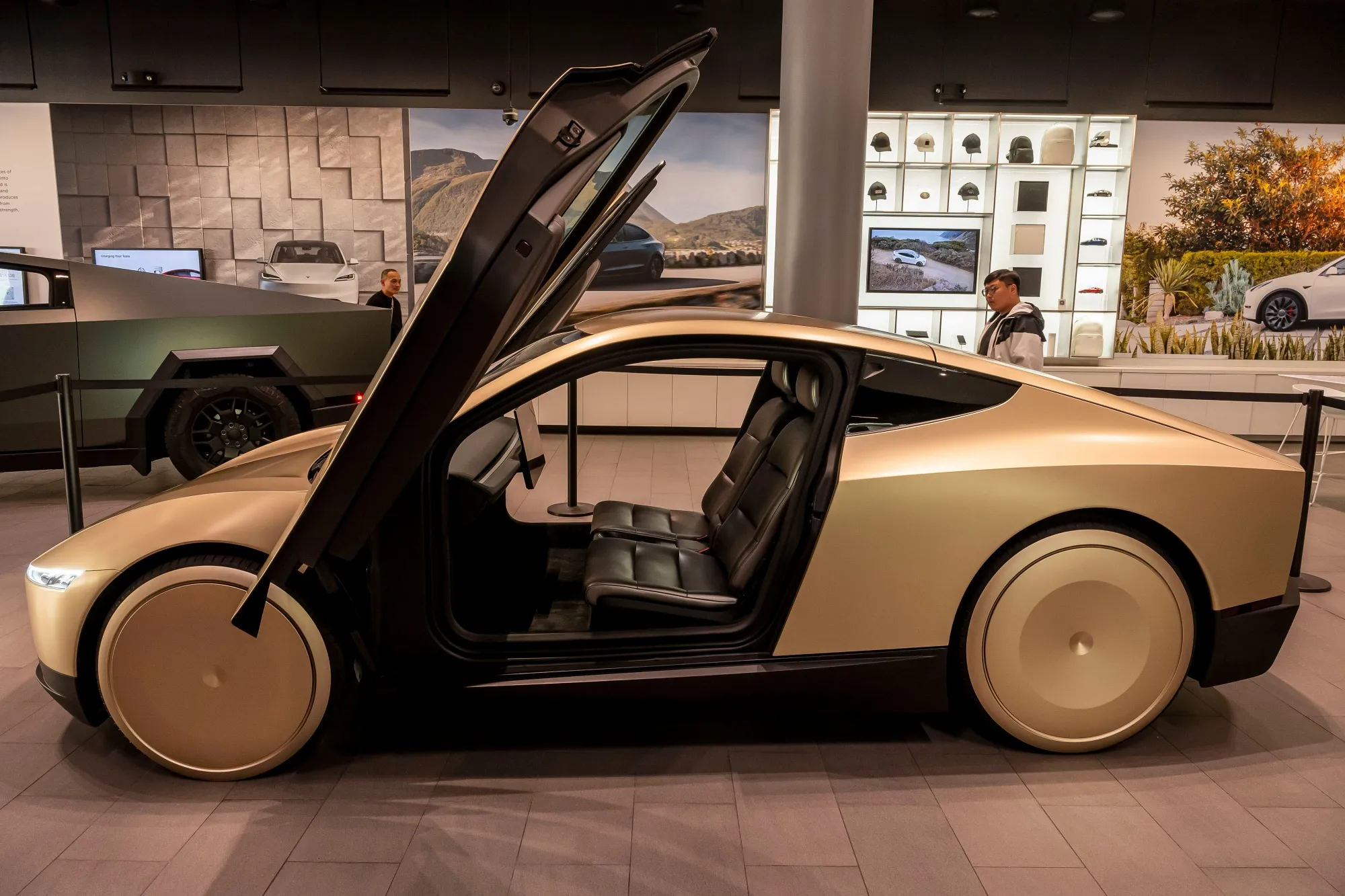
However, the road to success is far from smooth. Despite the advancements in autonomous driving technology, the system has yet to prove itself in real-world conditions. Tesla’s robotaxi service relies entirely on its camera-based AI system, with no backup drivers or human intervention.
This sets it apart from other companies working on autonomous vehicles, which still employ human drivers as a safety measure. For Tesla, the challenge lies not only in making sure the vehicles can navigate safely but also in ensuring that the cars can handle the complexities of urban traffic.
The footage from Austin’s South Congress Avenue highlights one of the critical hurdles for Tesla’s robotaxis. The location is known for its heavy traffic and crowded streets, which pose a significant challenge for the AI system.
Navigating in dense traffic environments, where the risk of accidents or system failures is higher, could be a major test for Tesla’s technology. As Elon Musk himself stated, the early stages of the robotaxi service will be slow as the system’s safety and effectiveness are carefully monitored.

Even though the company’s AI system has made strides in recent years, it still has to prove its reliability under real-world conditions. Tesla’s reliance on AI and cameras, without the aid of traditional sensors such as LIDAR, has been a point of contention in the autonomous vehicle industry.
While Tesla’s approach has garnered praise for its cost-effectiveness, there are concerns about its ability to handle challenging driving conditions. Critics argue that Tesla’s camera-only system may not be sufficient to ensure the safety of passengers, especially in complex urban environments.
However, Musk has repeatedly defended Tesla’s approach, arguing that the camera system is superior to other sensor-based technologies, which are more expensive and less effective.
The long-term success of Tesla’s robotaxi service depends on its ability to prove that its AI system can safely and efficiently navigate diverse driving environments. The company will need to demonstrate that its vehicles can handle everything from heavy traffic and unpredictable weather to complex intersections and crowded urban streets.

If Tesla can overcome these challenges, it could reshape the transportation industry and provide a new, affordable, and efficient mode of travel for people all over the world.
Musk’s vision for Tesla’s robotaxi service extends beyond just transportation. He sees the fleet as a way to generate significant revenue for Tesla, with each vehicle potentially earning thousands of dollars per month through ridesharing.
With a million-vehicle fleet, Musk believes Tesla could generate massive returns, turning the company into a dominant player in the global ride-sharing market. If successful, the robotaxi service could represent a massive windfall for SpaceX and Tesla investors, potentially boosting the company’s valuation to over $150 billion.
While the potential rewards are substantial, the risks involved are equally high. The initial rollout of Tesla’s robotaxi service will likely face regulatory hurdles, as autonomous vehicle laws vary by state and country.
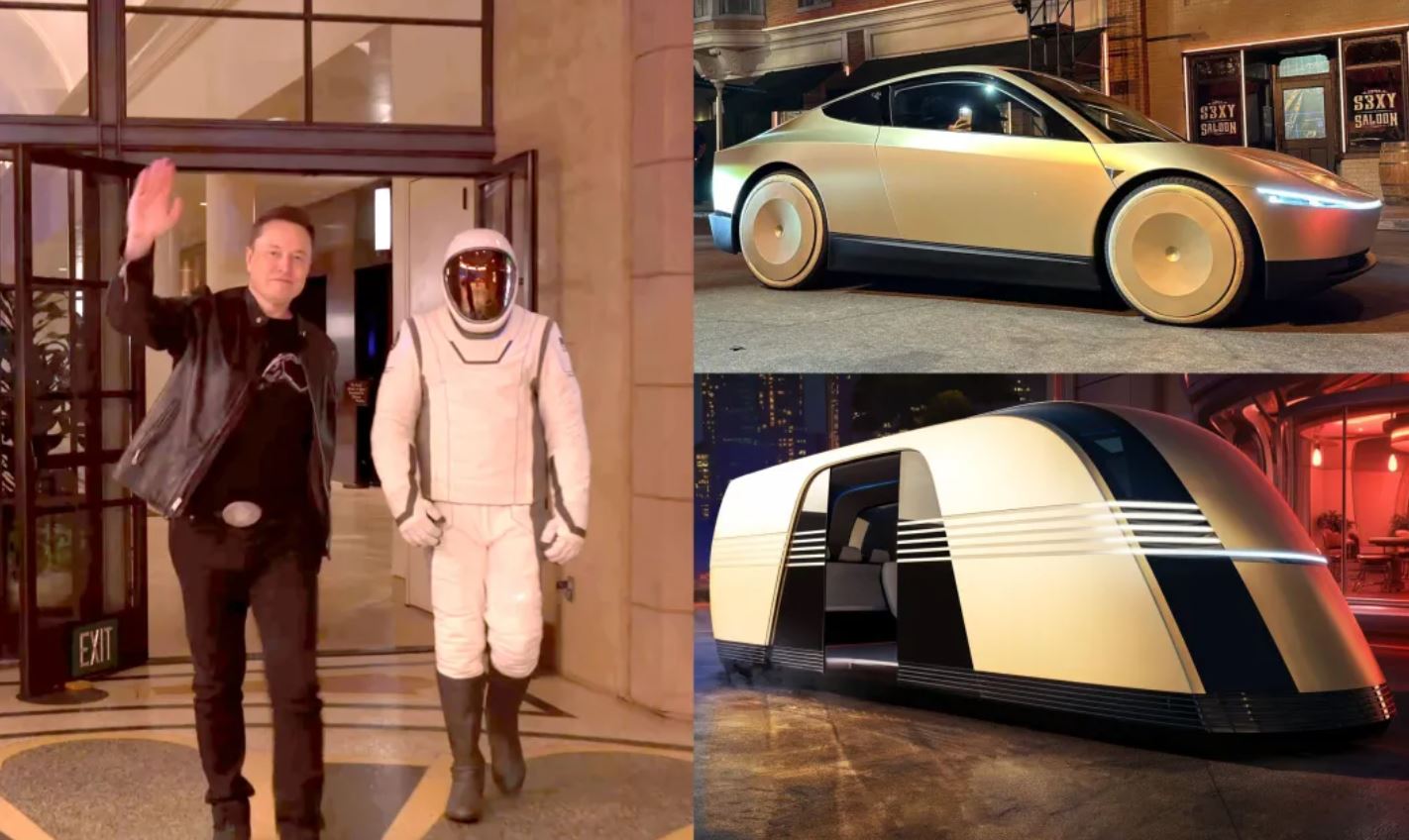
Additionally, there are concerns about the long-term viability of Tesla’s business model, particularly as the company faces increasing competition from other autonomous vehicle developers and established ride-sharing companies like Uber and Lyft. Tesla’s ability to scale its robotaxi service and attract a large customer base will be critical to its success.
Despite the challenges, Musk’s bold ambition for Tesla’s robotaxi fleet has the potential to disrupt multiple industries, from transportation to artificial intelligence. If Tesla can overcome the technological and regulatory hurdles that lie ahead, it could pave the way for a new era of self-driving cars and reshape the way we think about mobility.
As the date for the launch of Tesla’s robotaxi service approaches, all eyes are on Elon Musk and his company. The stakes are high, and the outcome could have far-reaching implications for the future of transportation and the economy.
With Tesla’s ambitious goal of deploying one million robotaxis across the United States, the company is positioning itself at the forefront of a technological revolution. However, the road to success is fraught with obstacles, and only time will tell if Musk’s bold vision will come to fruition.
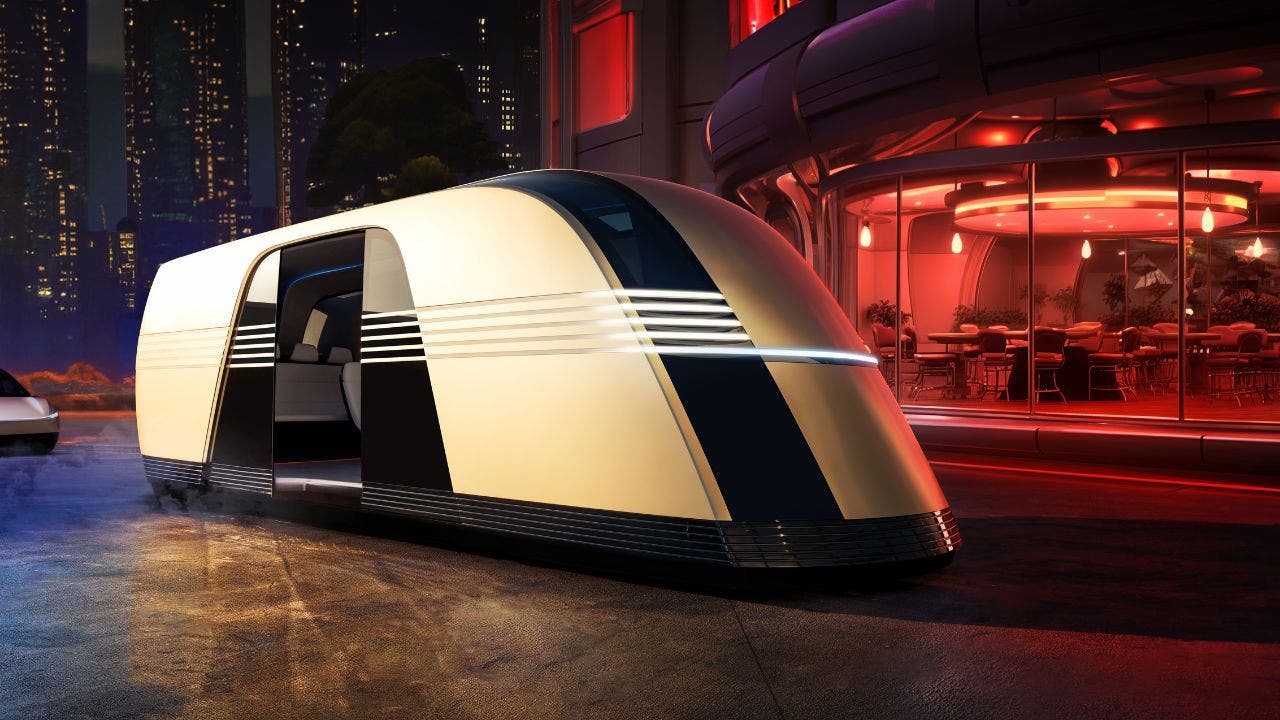
In conclusion, Tesla’s first robotaxi marks a significant milestone in the development of autonomous vehicle technology. While the company has made impressive strides in AI and self-driving technology, the challenges ahead are immense.
The success or failure of Tesla’s robotaxi service will depend on the company’s ability to prove its system’s reliability in real-world conditions. If Tesla succeeds, it could revolutionize the transportation industry and generate billions in revenue. However, the risks are significant, and the road to success is far from certain.


